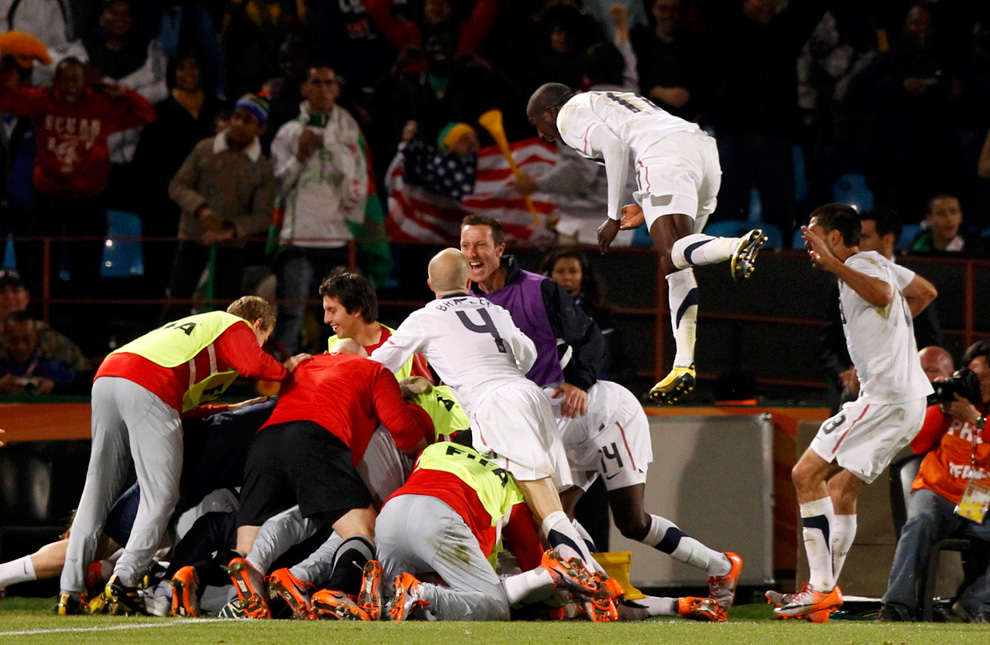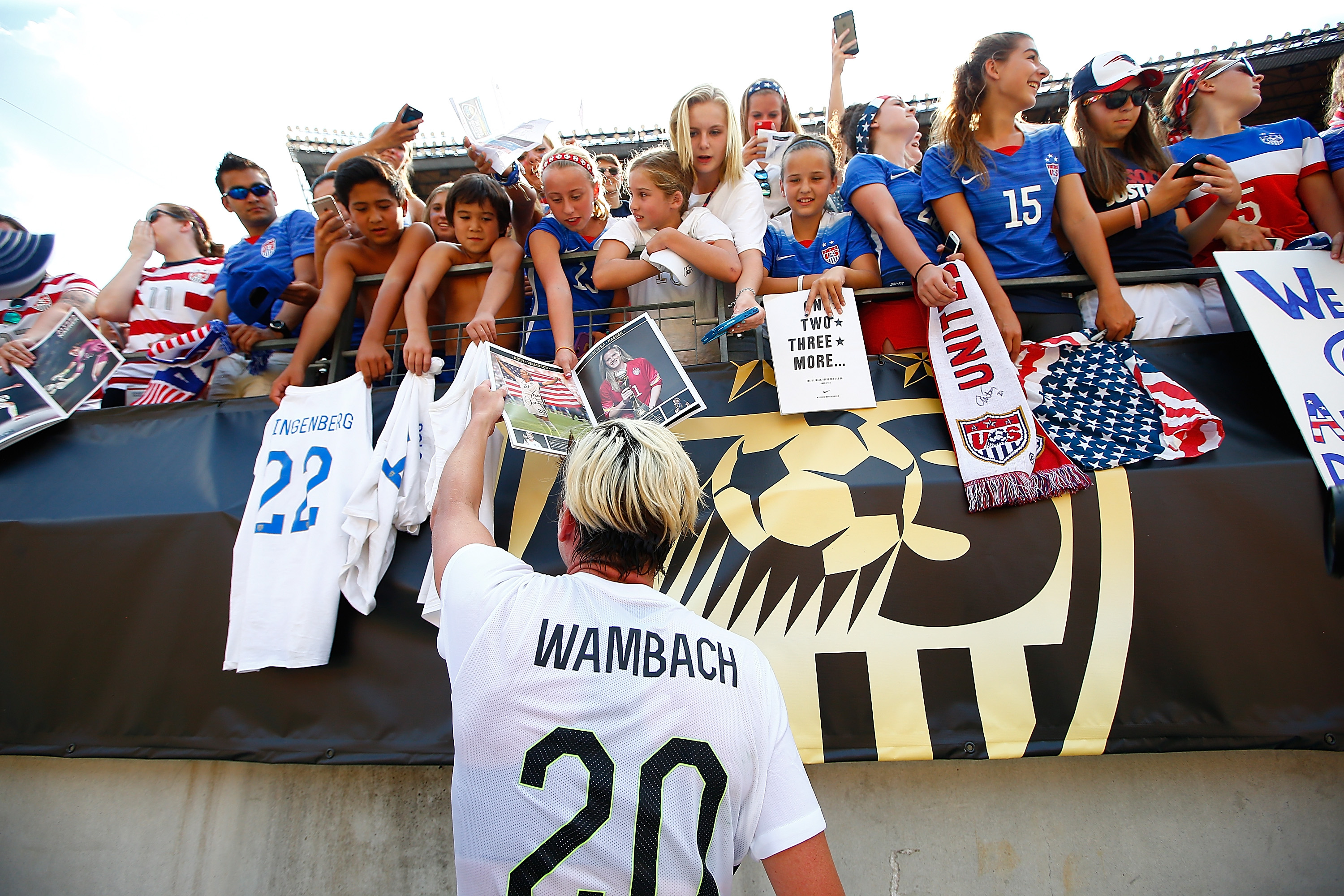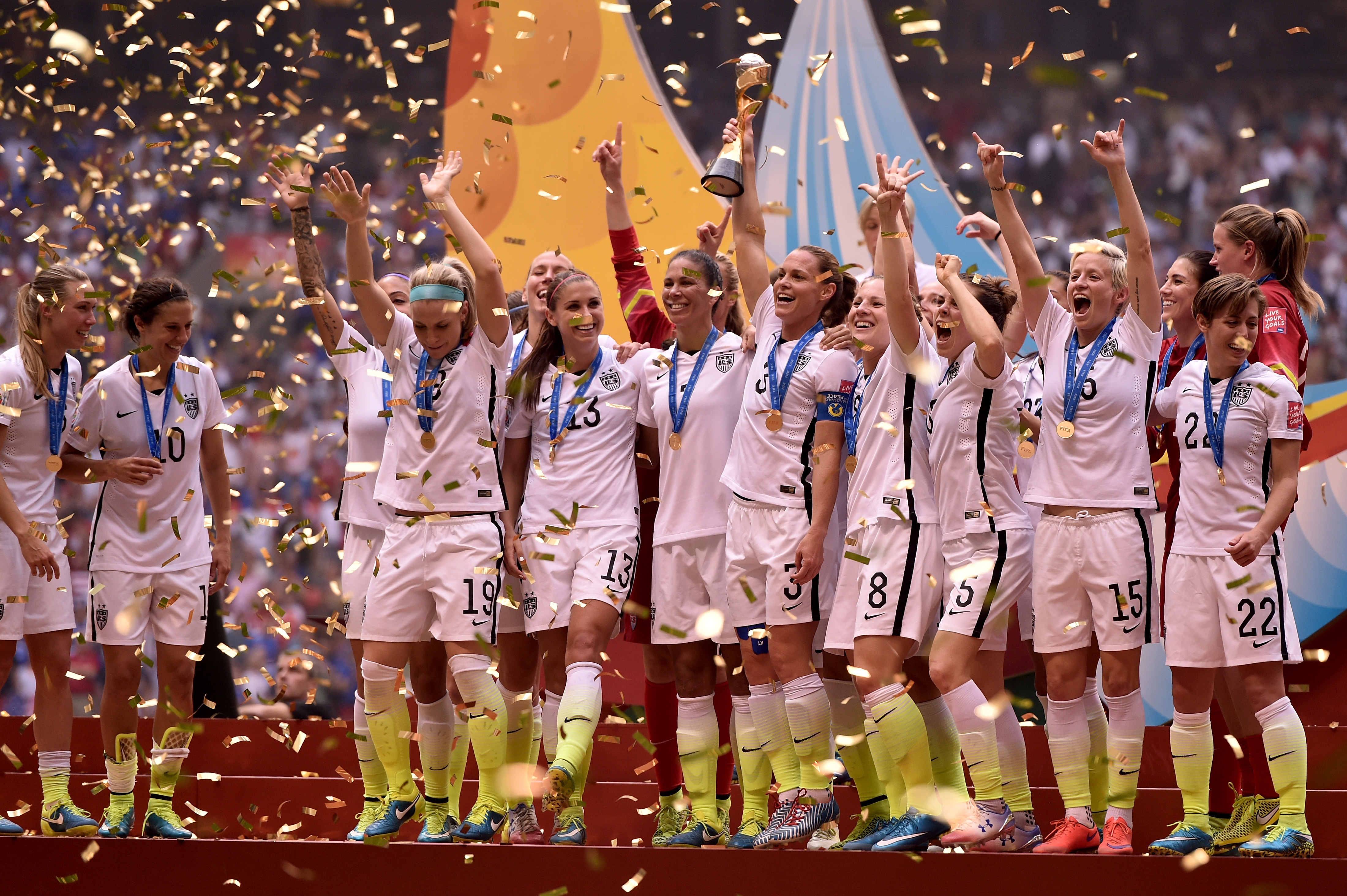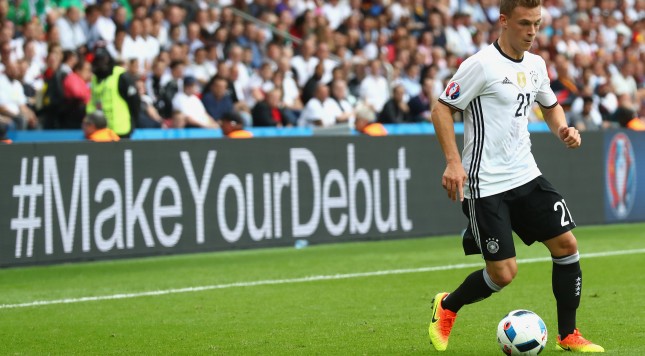At 5-foot-7 Philipp Lahm was the shortest player for the German National Team, but in terms of influence, he was massive. Lahm provided width, excellent crosses, and terrific defense. Ever since his retirement from international competition two years ago Germany has struggled defensively, as Joachim Löw has struggled to find a cohesive back line. Players like Emre Can and Benedikt Höwedes have filled in at times, but neither has done enough to inspire much confidence.
Enter Joshua Kimmich. At only 21 years of age, Kimmich was never a guarantee to even make the trip to France with the DFB, but late injuries opened up a spot for the youngster. During the first two group stage matches, Germany looked too narrow and specifically against Poland they never really threatened the Polish goal. During the run up to the Northern Ireland match there was some talk that Löw would experiment with Kimmich as a new right back, he did, and Kimmich impressed almost immediately.
GRAPHIC: Joshua Kimmich https://t.co/dfVLA4bMJB #GER pic.twitter.com/mwqzUPyyvV
— WhoScored.com (@WhoScored) June 28, 2016
Kimmich isn’t a right back, he’s actually a central midfielder, and when Bayern Munich signed him from Stuttgart last summer he was seen more as the heir apparent to Bastian Schweinsteiger, not Lahm. However, considering Bayern’s crowded midfield he never found much playing time in the middle of the park. But Pep Guardiola still adored Kimmich’s game and found out how versatile the young German could be. Kimmich featured a number of times as a defender, mostly in the center back position. His play as a center back helped when Jerome Boateng went down with an injury back in January.
Kimmich never looked out of his depth with Bayern, and now with the national team he’s been thrown into another unfamiliar position and has succeeded. Even Höwedes, the player who’s job Kimmich took, had great things to say about the youngster.
After the Northern Ireland match, it was clear who would be the starting right back against Slovakia. Kimmich once again impressed. He completed nearly 90 percent of his passes, completed 5 crosses, made 5 tackles and had an interception. He wasn’t named man of the match like he was against Northern Ireland, but he ensured he would be starting in the Quarter-finals.
Kimmich isn’t Lahm, and that’s important to remember. Kimmich might struggle against Italy, a historically difficult team for Germany to play. Then again, he might not. Kimmich himself doesn’t like the Lahm comparison. Lahm is a World Cup winner with over 100 caps, Kimmich hasn’t even played 10 games in his career at right back. But, with Kimmich, Germany finally has someone who can pass, cross and defend at a level that gives them a chance to be successful.
Joshua Kimmich seemed a little embarassed when asked about the comparisons to @philipplahm #EURO2016 #ger pic.twitter.com/8H79RQuybZ
— DW Sports (@dw_sports) June 24, 2016
In 2014, when Löw moved Lahm out of the midfield and into his natural position Germany suddenly became a more cohesive unit. Now with Kimmich occupying that same position it shows that Germany at their best is well balanced back to front, especially with a classic number nine for the wings to cross into. That’s a different article, however.
Kimmich’s future for club and country might be at right back. He’s shown in two matches that he’s capable of getting the job done. Saturday’s match against Italy will be an even bigger test, however. If Germany can get past Italy, a team they’ve never beaten at a major tournament, and if Kimmich has another solid performance, then he’ll solidify his place in the back four for the remainder of the tournament, and perhaps longer. It’s going to be the biggest game of his young career. No pressure.






